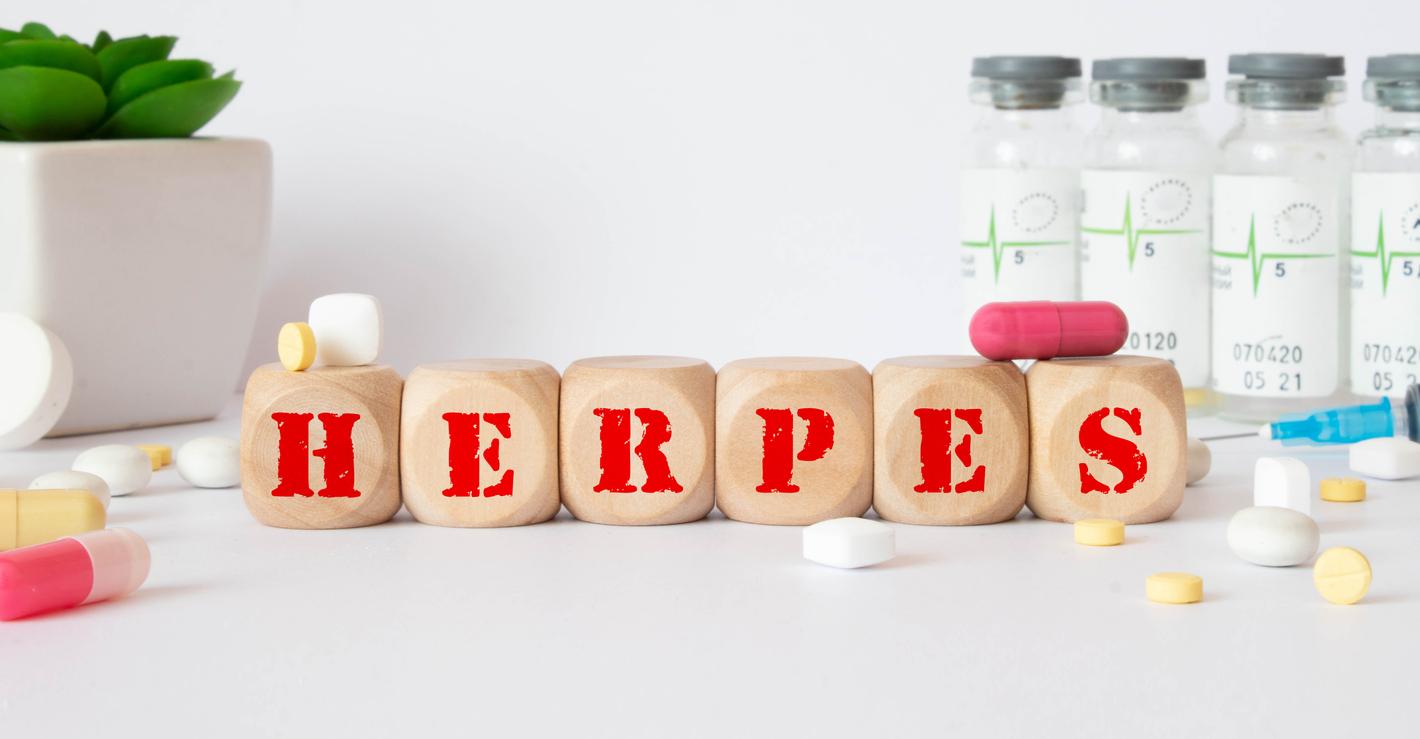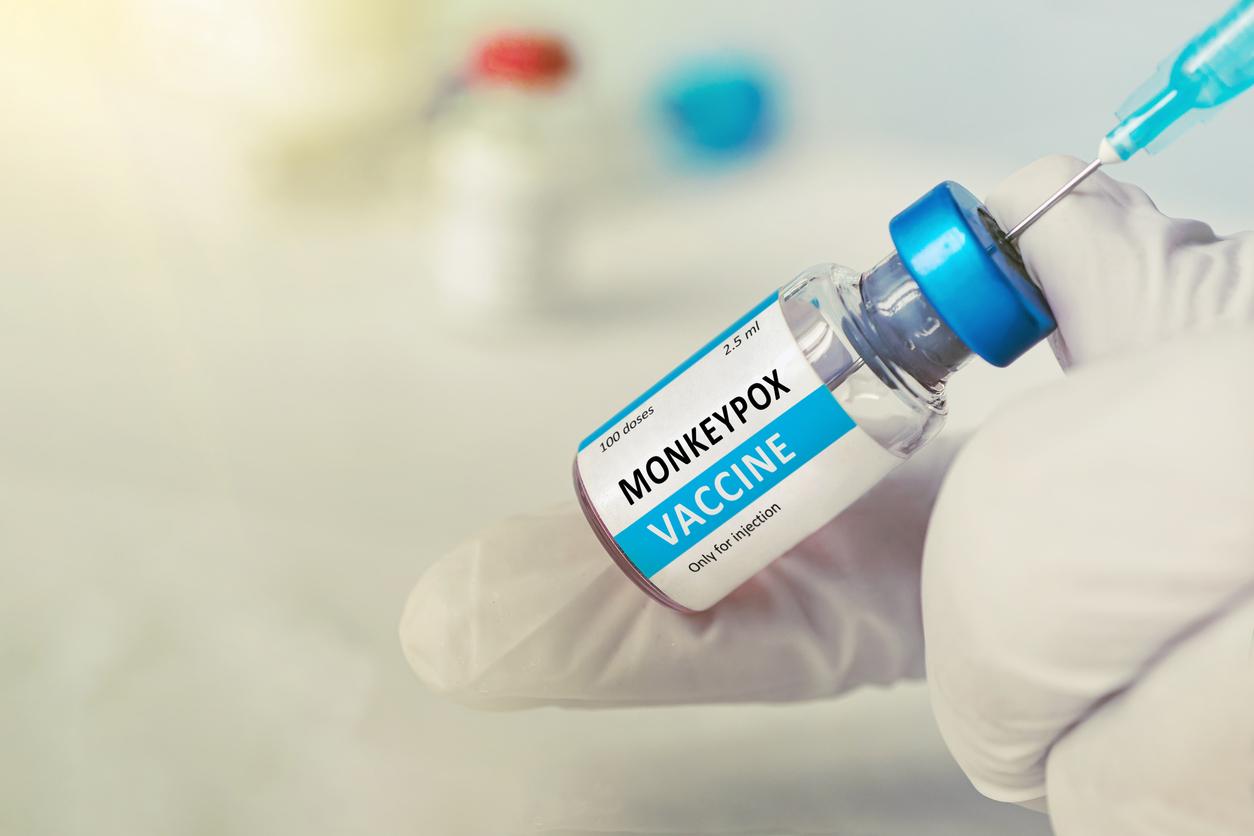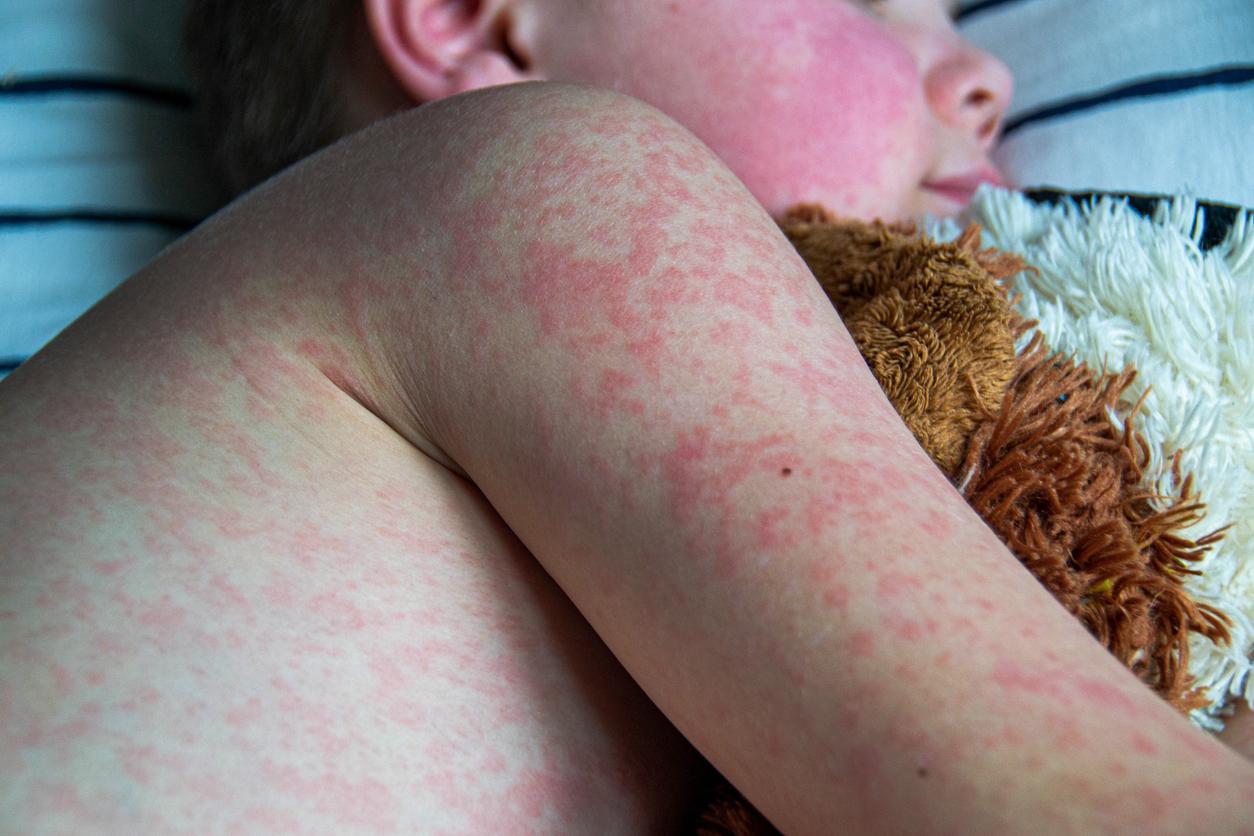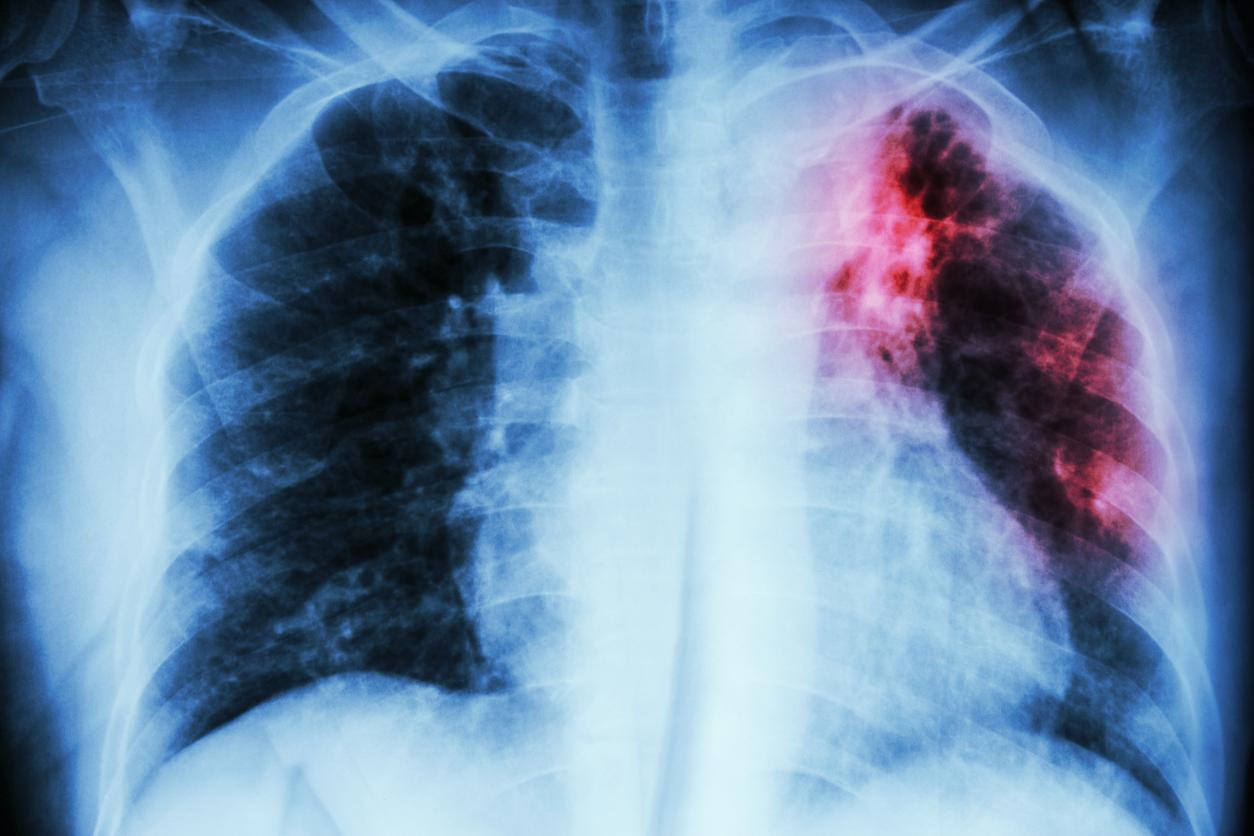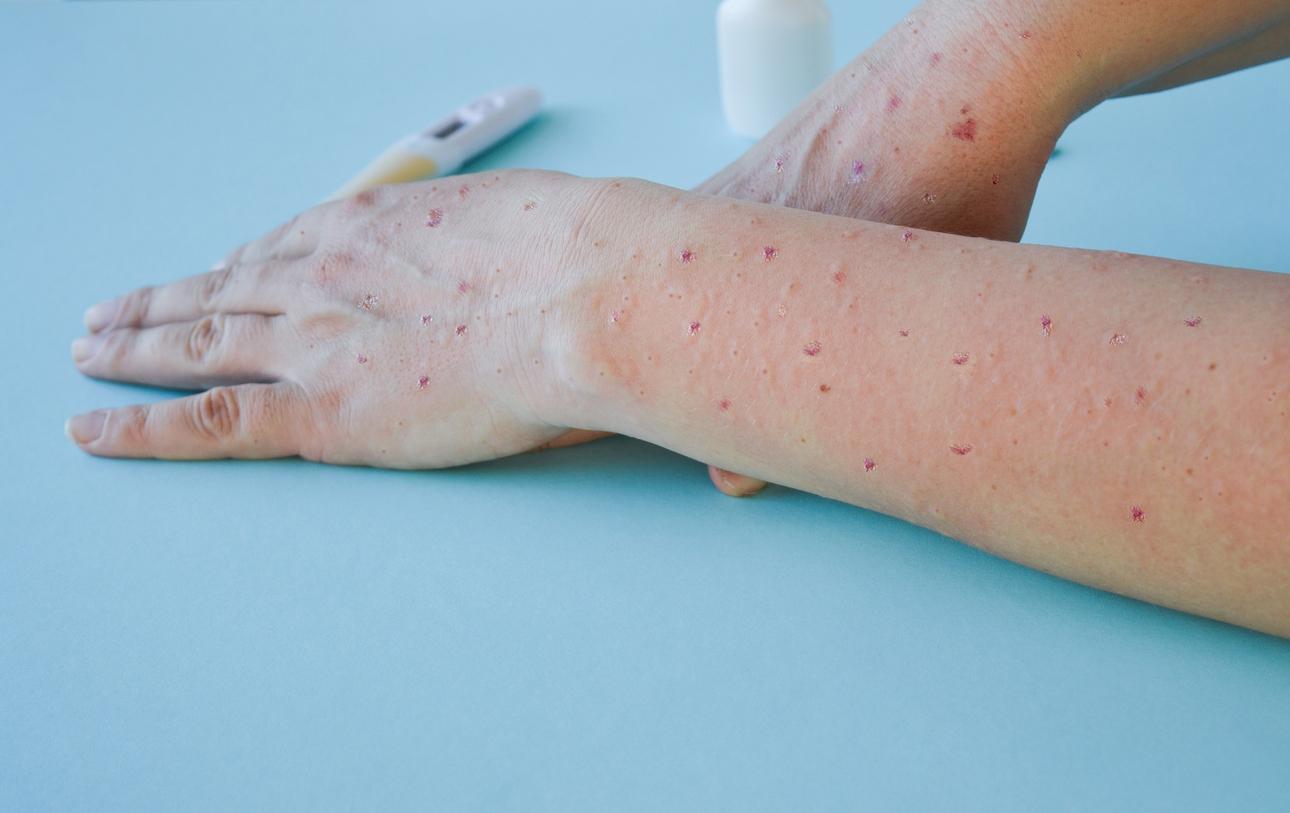WHO estimates that around 10% of Ebola victims in Africa are health workers. For its part, MSF claims that its volunteers are safe. So where are the loopholes?
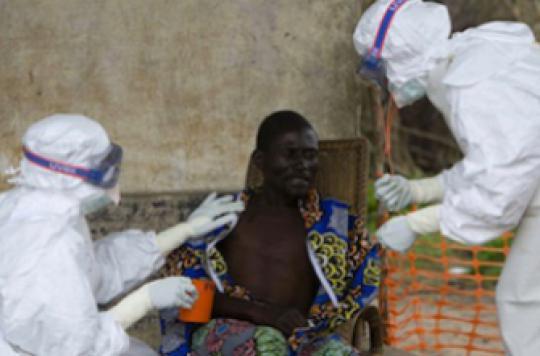
The 29-year-old French nurse from Médecins sans frontières (MSF), infected in Liberia by the Ebola virus, was repatriated to France (Bégin Hospital, 94), and taken care of by the health authorities. Placed under experimental treatment, this first French victim of the epidemic had arrived a few weeks earlier at the MSF treatment center in the suburbs of Monrovia. She was in contact with the sick but, of course, benefited from protective suits. But how it was infected has not been disclosed.
Different scenarios are possible to explain the contamination of many caregivers.
Jumpsuits: a crucial undressing
“In fact, the protective clothing that is used is really sufficient, even if we don’t have a lot of leeway with it. They are the “minimum union” to provide patient care without contaminating themselves, “says why actor Dr Sylvain Baize who was the first to discover the “Zaire” strain of Ebola.
As this Lyon researcher explains, this equipment works in normal times “in the face of small epidemics where there are not many patients. “A scenario that does not correspond to that of the current Ebola epidemic in West Africa where the teams are overwhelmed in the face of the incessant flow of patients.
A high-risk situation because, faced with the Ebola virus, the slightest mistake is fatal. “As people are tired, this probability is much greater. So, as there are errors there are contaminations, ”adds this researcher from the Institut Pasteur.
These most often occur during the undressing phase. “It is often when they take off the contaminated outfit that people contract the Ebola virus,” says the Director of the National Reference Center (CNR) for Viral Haemorrhagic Fevers at the Institut Pasteur in Lyon.
For him, volunteers in West Africa therefore work in conditions where zero risk does not exist. By way of comparison, he tells about the high security conditions of a P4 laboratory in France, where researchers can carry out analyzes and store class 4 microorganisms, that is to say very virulent (such as Ebola virus or smallpox).
Listen to Dr Sylvain Baize, researcher at the Institut Pasteur: “When you work in a P4 laboratory, you have several layers of protection. They, in West Africa, it is a protection and point bar. It is enough but it is fair. “
Equipment adapted to the level of risk
Faced with this risk of contamination, the MSF humanitarian association insists that it is taking all possible protection measures. “ Already before leaving for the field, our volunteers have a two-day training course at the MSF center in Brussels (Belgium). Then, caregivers and non-caregivers will have more or less protection depending on the work they are going to do on site, ”underlines Brigitte Vasset, deputy director of the MSF medical department.
For example, in the treatment center for confirmed patients, it is “”the cosmonaut outfit “, that is to say the spacesuit,” she explains. The same goes for those who deal with corpses and burials.
But when the volunteers go to see a person in a village, they gradually equip themselves according to what the family and neighbors tell them about the suspected case. First a mask, gloves, then the diving suit before entering the patient’s house.
All user suits are burnt
On the diving suit itself, Brigitte Vasset ensures that it is effective. She specifies that the important thing is not to have any piece of skin (especially the hands, mucous membranes or eyes), likely to receive splashes of fluids from a patient. “It is the undressing phase that is the most delicate. Especially since it takes a long time to remove all the protections. Nevertheless, it is during these moments that you have to be most careful, ”indicates this humanitarian doctor.
In practice, there are always two caregivers in contact with the patient, to be sure that the other does not make a mistake. Then, the one who has not looked after that the other correctly removes his protective equipment. And vice versa.
This undressing protocol is very strict. First the ordinary outfit, then the apron, the overcoat, the two pairs of gloves, the hood, the glasses, and finally the mask. The goal is to ensure that the skin is never in contact with a soiled part.
Due to the heat inside the wetsuits, volunteers cannot keep them for more than 45 minutes. The teams on site must therefore constantly ensure that volunteers who are too hot never take off their wetsuits too quickly, at the risk of contaminating themselves.
Listen to Dr Brigitte Vasset, Deputy Director of the MSF Medical Department: “After use, the majority of coveralls are burnt because they are disposable. Only rubber equipment is kept but disinfected with chlorine. “
Ebola treatment centers: the least risk area
Finally, to conclude, MSF would like to clarify things about the real risk of contamination in West Africa. For Dr Brigitte Vasset, it is not located in the patient treatment centers where the association works. But rather outside of these. “ For example, when we triage patients, ”she says. And the latter to add that this danger mainly concerns the national staff (Guinean, Sierra Leonean, or Liberian) who do this work. Because in these places (health centers, hospitals, street …), there is not necessarily a major attention as in the treatment and isolation centers for Ebola patients where everyone has the notion that the patients are positive for Ebola.
“I therefore want to reassure all caregivers and non-carers (anthropologists, psychologists, sociologists, logisticians, hygienists …) who would like to join us. We will inform them of all the instructions to follow to protect themselves depending on the place where they will be required to work. But faced with the shortage of personnel that awaits us, we really need them in West Africa, ”concludes Brigitte Vasset.
Listen to Dr Sylvain Baize : “Not all patients are listed and isolated as usual. There, doctors do field surveys to identify the sick. These do not always have protection so they become contaminated. “
.







